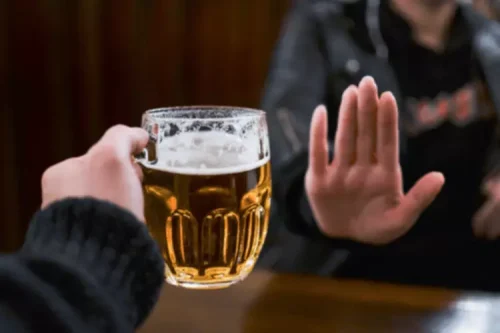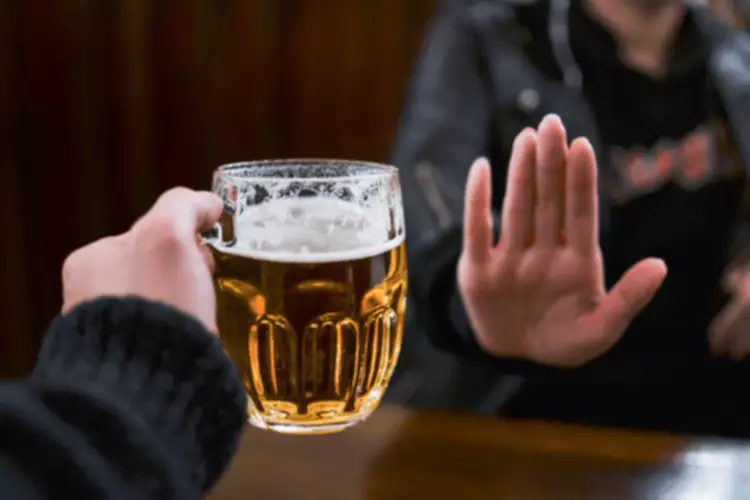
A person should seek emergency help if a large bruise develops after a trauma, especially if they also have lightheadedness or dizziness. Senile purpura does not have links with any serious health condition, but it may increase the risk of skin tears. Purpura is more common in people with light skin, but anyone can develop it. On dark skin tones, purpura may appear purple or as darker skin.

Why Do I Bruise So Easily?

Older adults often bruise more easily because the skin becomes less flexible with age, and there is less fat to protect the blood vessels. The early stages of alcohol-related liver disease often have no symptoms. Because of this, you may not even know that you’ve experienced liver damage due to alcohol. Alcohol consumption is one of the leading causes of liver damage. When liver damage has happened due to alcohol, it’s called alcohol-related liver disease. Prolonged alcohol consumption and alcohol use disorder can lead to or aggravate a variety of skin conditions.
Increased Pain and Hypersensitivity
When that happens, it’s best to consult a professional to prevent the issue from becoming a full-blown alcoholism. If minor trauma causes bruises and bleeding under the skin, more serious injuries from accidents or falls can cause more bleeding than expected. Alcohol-induced bruising looks similar to regular bruising, but the bruises may be larger than expected for the level of trauma or injury.
Does low iron make you bruise easily?

Blood thinners are medications given to people with a high risk of dangerous levels of blood-clotting. The body needs blood to clot to prevent too much blood loss, but clotting that's extreme can lead to blockages in arteries and blood vessels that cut off blood flow, leading to dangerous health issues. The effects of alcohol consumption on the blood are either short-term or long-term. Short-term effects happen to occur during or directly after consuming alcohol, and long-term effects are driven by excessive use over an extended period of time. Alcohol and unexplained bruising could point to liver damage from drinking.
Some people just have more fragile blood vessels, and that makes them more likely to bruise, especially on their upper arms, thighs, or butt. Right after a tattoo, it's normal for your skin around your tattoo to be red, irritated, swollen, warm, and sometimes bruised. These skin reactions are part of the healing process and usually last about 3-7 days. These are between about 4 millimeters (about as big around as a tablet of aspirin) and 10 millimeters (about as big around as triple-A battery), so they're smaller than an ecchymosis, but larger than petechiae. They may look reddish-purple on lighter skin tones and brownish-black on darker skin tones.

Withdrawal Symptoms
The medical community has recognized that addiction is a disease and some people are predisposed to it. As a result, it is usually necessary to get medical help to manage alcohol use disorder. There are no medications that can help improve loss of sensation, strengthen muscle weakness, or assist with the coordination and balance problems caused by alcoholic neuropathy.
Is Bruising A Sign Of Alcoholism?
- The most important strategy against alcoholic neuropathy lies in preventing the symptoms from getting worse by decreasing alcohol consumption as soon as possible.
- This is usually achieved if you consume five or more standard drinks on a single occasion for men or four or more drinks on a single occasion for women.
- Finally, a person with an alcohol use disorder will likely give up other activities, because their focus is on drinking.
- Don't do this yourself because you could hurt yourself further, cause an infection, and slow your healing process.
- Too much alcohol affects your speech, muscle coordination and vital centers of your brain.
- Specific blood vessels near the heart rely on receptors to keep blood pressure at a healthy level.
- The excessive alcohol in the bloodstream becomes too much for the liver to process, posing a risk of generalized tonic-clonic seizures.
Under the influence of certain proteins (i.e., growth factors), this stem cell multiplies and differentiates into increasingly committed precursor cells. Through several intermediate stages, these precursors differentiate further and develop into the mature cells circulating in the blood or residing in the tissues. Over time, excessive alcohol use can lead to an increased risk for cardiovascular events, such as a heart attack or stroke, because of the ways it affects the blood and circulatory system. That said, moderate use of alcohol may have the opposite effect.
Causes Of Bruises After Drinking
Some tests can be performed by a doctor to rule out other causes of neurologic symptoms. Cerebellar degeneration caused by alcohol occurs when neurons in the cerebellum deteriorate and die. The cerebellum is the part of the brain that controls coordination and balance.
- Another way to identify blood disorders is to perform a complete blood count (CBC), in which a machine counts all the cells within a blood sample.
- You can improve the health of your liver by abstaining from alcohol or only drinking in moderation, eating a healthy diet, and managing your weight.
- A person may also develop a tolerance for alcohol, meaning that they need larger and larger amounts to obtain the desired effects.
- This condition can be acute, affecting people for a short period of time before resolving, or chronic, lasting for a longer period of time.
However, for skin conditions related to AUD, liver disease, or excessive alcohol consumption, the best preventive measure is to stop drinking alcohol. However, warfarin treatment is not indicated for alcoholic patients, because alcohol ingestion can significantly interfere with the proper management of warfarin maintenance therapy. Although MAO acts primarily in the brain, platelets also contain the enzyme. In fact, low MAO activity in the platelets and other tissues of certain alcoholics is the most replicated biological finding in genetic alcoholism research. The available data also suggest that low MAO activity in the platelets predicts a risk for alcoholism in relatives of a certain type of alcoholics. This alcoholism subtype is characterized by an can alcohol cause bruising early age of onset of alcohol-related problems, frequent social and legal consequences of drinking, and a strong genetic predisposition.
